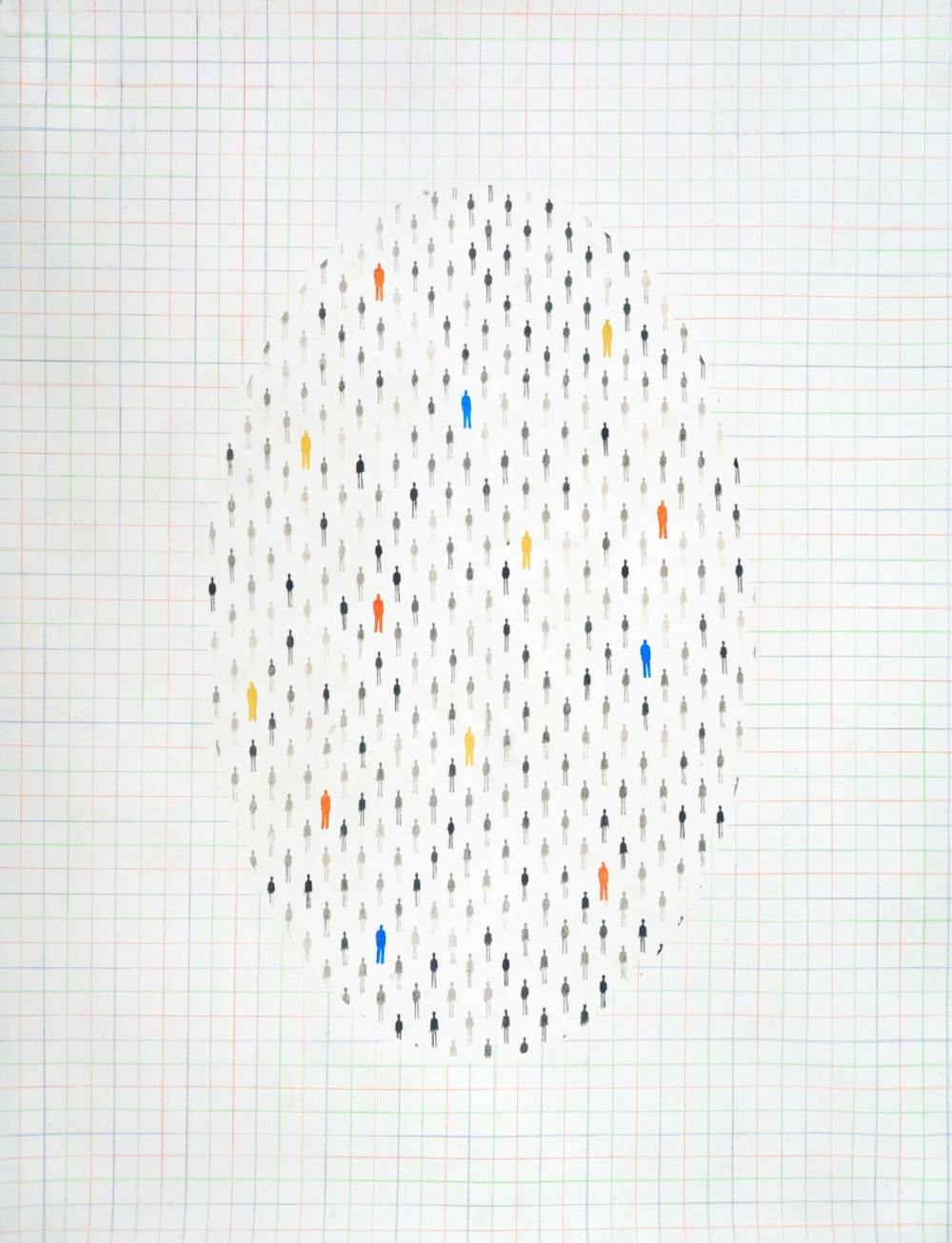Editor’s note: This article originally appeared on theeaglecoronavirusproject.com, a separate website created by Eagle staff at the onset of the coronavirus pandemic in spring 2020. Articles from that website have been migrated to The Eagle’s main site and backdated with the dates they were originally published in order to allow readers to access them more easily.
Updates and corrections: This article has been updated since it was first published with artwork from Mikray Pida. It’s also been corrected to state that Pida lived in Hebei Province during the SARS outbreak, not Hubei and “Katzen Gallery” has been replaced with “AU Museum.” Randal Packer’s name has been fixed with the proper spelling.
Due to the coronavirus, the American University Museum at the Katzen Arts Center remains closed, and many artists have had their shows canceled. Curators and creators have been rethinking the ways in which they can present their art.
Randall Packer, a former professor in the Department of Art, started a website in 2017 called the Third Space Network, an online platform meant to break the barrier between the physical space and digital space. The goal of the platform is to create a “third space,” known as the shared space between the two.
“All of a sudden, with the Third Space Network, I found myself at the center of a complete transformation that was taking place in education, in theatre and performance,” Packer said. “I’ve been developing techniques for this very moment in time for the past 10 years.”
Packer develops programs and collaborates with artists to host town halls, live events and interviews from his home studio.
Packer felt that the online experience was largely underestimated as a medium for art, due to people’s lack of understanding on how to navigate the internet. During his events, he encourages social interaction among all the attendees, such as asking questions and being active in the chat box.
“I was really interested in how I could make this dynamic more social so that people forget they are even on the internet,” Packer said.
Attendance at Packer’s events varies between 100 to 500 people depending on the type, he said. Packer hopes that other artists will be able to find creative and innovative ways to adapt to the changing circumstances.
Packer has been working on a series called Raw Hope of Humanity Rising to discuss artists’ work and to capture some of people’s ideas leading up to the 2020 presidential election. Topics include Democracy vs Authoritarianism, Information vs Propaganda and Idealism vs Cynicism.
The last talk of the series will be on the theme Real vs Fake on Sept. 2.
Recently, Packer has also been working with the founding director and curator at the AU Museum, Jack Rasmussen, to host virtual gallery talks and transition some of the gallery’s exhibitions online.
According to Rasmussen, the AU Museum will remain closed for the rest of 2020, and about 20 artists have had their shows canceled as a result. People can still download catalogues from canceled shows on the museum’s website.
“Works of art are a lot more than a digital image of something,” Rasmussen said. “So it’s been quite a learning experience to make this transition, but it’s also opened up some really interesting possibilities for the future.”
Mikray Pida, a Uyghur American artist living in D.C., had her show canceled at the AU Museum. The show was scheduled for Sept. 12 through Dec. 13. She comes from a Turkish-speaking ethnic group in Xinjiang Province, an autonomous territory in China whose people and culture are under systematic attack by the Chinese government.
Pida’s artwork is meant to communicate the powerful experiences she’s had in her life, much of which is based on her time living in China. She lived in the Hebei Province during the SARS outbreak. Her art reflects her experiences with environmental problems, the refugee population, disease, immigration and the connection between these topics.
“My painting is not about decorative art, or beautiful color; it’s more that I try to make people think about the world we are living in today,” Pida said.
Because of COVID-19, Pida has not been able to share artwork that she deeply values with the public. She is saddened by this because she believes that showing her paintings in person, and having a dialogue with others, especially Americans, is vital to the impact of her work.
“After Americans go through the impact of this pandemic, which is huge, from my paintings we can have dialogue about what this is all about, and I want to have that in public,” Pida said.
Rasmussen is still working on exhibitions for 2023. Now, he’s reflecting on what it means for the AU Museum to move its programming to a virtual environment.
“In many ways, it’s made viewing a richer kind of experience, using these tools that can’t be denied, and that’s exciting, that’s a great educational resource,” Rasmussen said.
arustum@theeagleonline.com





